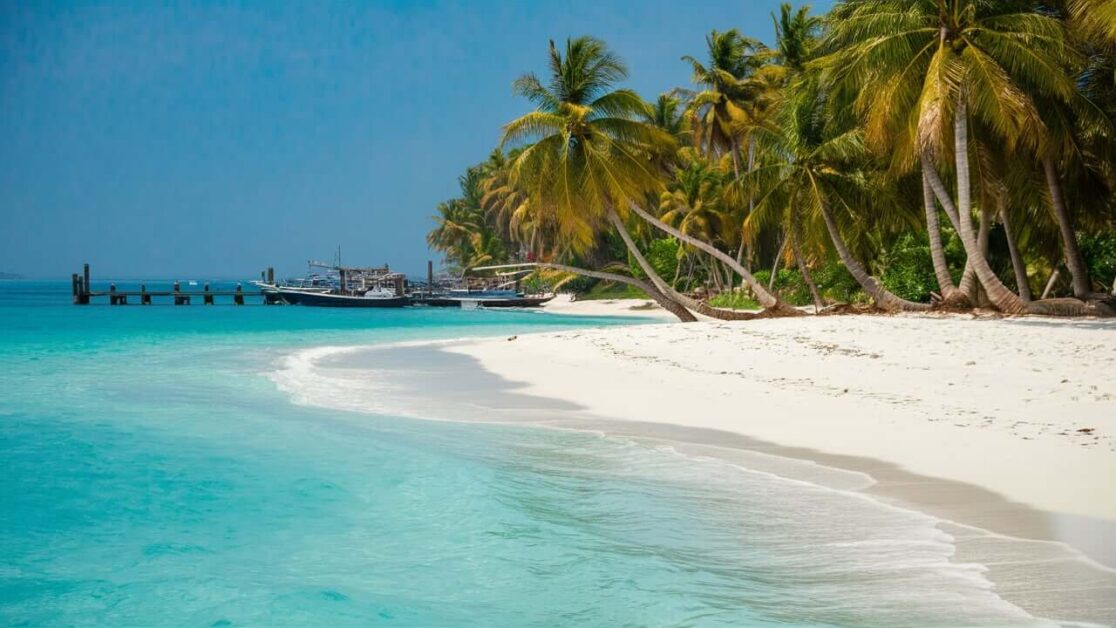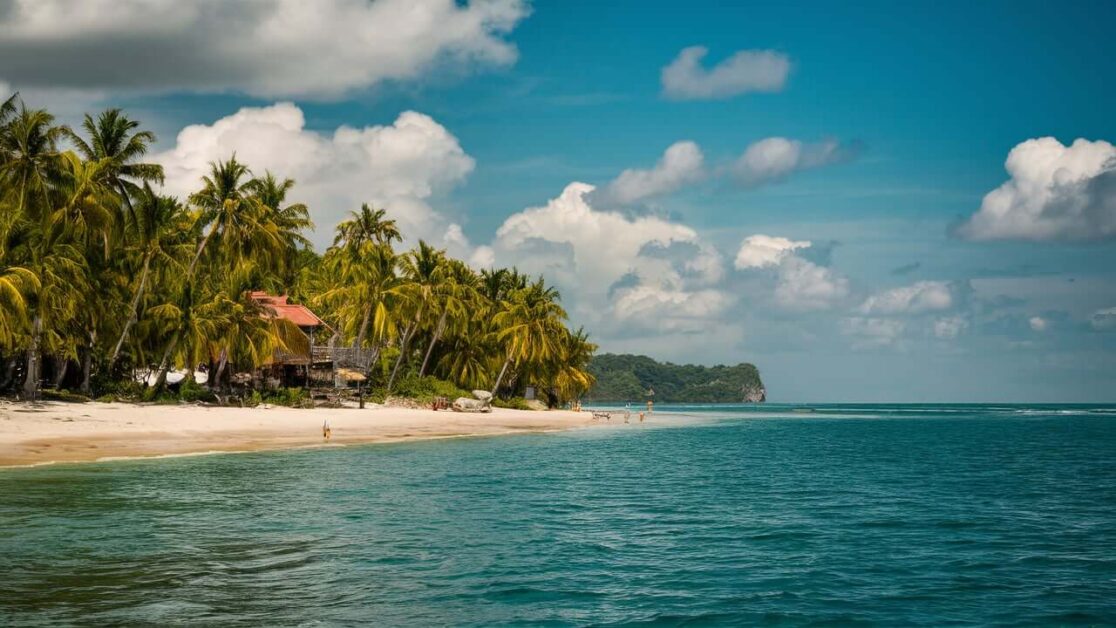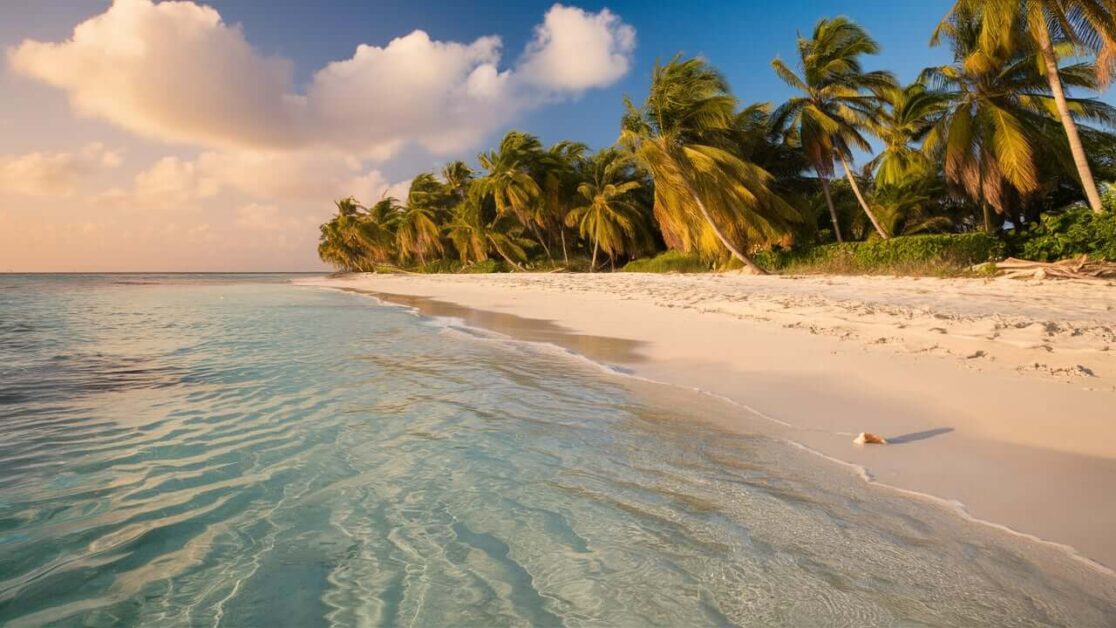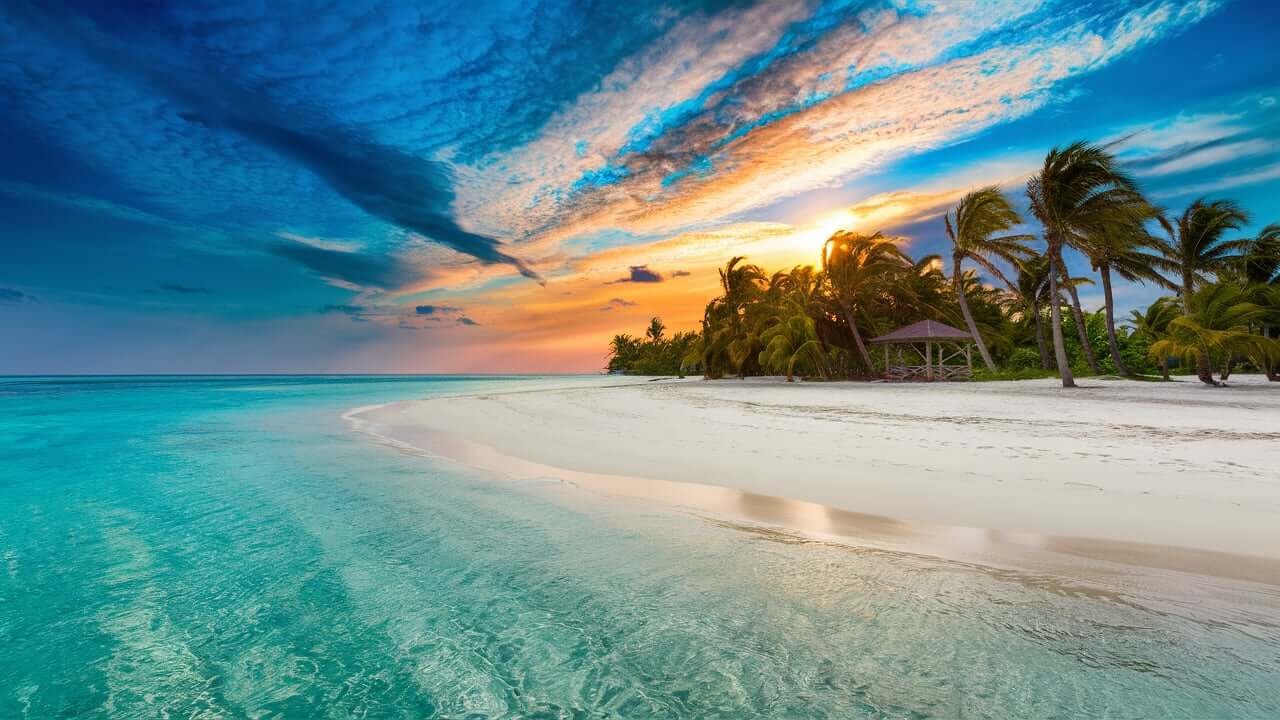Picture a beach with golden sands, gentle waves, and a warm sun.
Most people dream of vacations in the Maldives, Hawaii, or the Mediterranean.
But how do Indian beaches compare? India’s coastline showcases stunning natural beauty, rich cultural heritage, and one-of-a-kind experiences.
Our blog will show you how Indian beaches often surpass many international ones. This helps you choose your next vacation spot.
What Makes Indian Beaches Unique Compared to Global Destinations?

Indian beaches blend beauty, culture, and spirituality. From Goa’s sunny shores to Kerala’s calm beaches, they offer more than typical getaways.
Their rich culture and history surpass many global destinations.
To compare Indian beaches to the Maldives or Hawaii, consider beauty, infrastructure, activities, and value.
Clear waters and high-end resorts make global beaches famous.
In contrast, Indian beaches combine cultural experiences with natural beauty.
Want to know the differences? Check our detailed comparison.

How Does Natural Beauty Compare?
Indian beaches are as beautiful as the world’s best. The Maldives has clear waters.
The Andaman Islands’ coral reefs teem with life, inspiring equal admiration.
The Mediterranean features stunning stretches of coastal scenery. Yet, the Western Ghats’ rugged beauty surpasses all.
They meet the Arabian Sea on the Konkan coast. Radhanagar Beach on Havelock Island is a prime example of this beauty.
It’s often ranked among Asia’s best and competes with top global beaches.
Radhanagar Beach has fine white sand and clear blue waters.
It’s surrounded by greenery. It highlights India’s stunning coastal scenery.

What Cultural Experiences Are Available?
Indian beaches offer unique cultural experiences unmatched by many global destinations.
In India, beaches are vital to local life, not just for sunbathing. For example, Tamil Nadu’s beaches feature ancient temples with age-old rituals and festivals.
Puri’s beaches in Odisha are famous for the Jagannath Temple and the Rath Yatra festival.
They draw millions of pilgrims. Goa, once a Portuguese colony, showcases a mix of Indian and European cultures.
Its beach shacks serve a mix of Konkani and Portuguese dishes. It’s a unique culinary experience.
In Kerala, Ayurveda links beaches, offering traditional wellness therapies.
The natural environment ties these cultural experiences together. Visiting an Indian beach goes beyond leisure.
It’s a chance to engage with local life and learn about traditions. It can deepen your understanding of the world.

What Activities Can You Enjoy?
Indian beaches offer more than sunbathing. They’re perfect for adventure, nature, and wellness.
You can dive, hike, or practice yoga by the sea. For thrill-seekers, the Andaman and Nicobar Islands are ideal. They offer scuba diving and snorkeling amid diverse coral reefs.
In Goa, try parasailing, jet-skiing, or windsurfing. For trekking, the Konkan coast leads you through forests and to ancient forts.
Looking for relaxation? Kerala’s beaches are your best bet. Start with yoga, then enjoy an Ayurvedic massage with local herbs and oils.
The calm and beauty of Kerala’s beaches are perfect for rejuvenation.

How Does the Infrastructure Measure Up?
Indian beaches have undergone a transformation, boasting upgraded facilities.
They offer luxurious rooms, environmentally responsible lodgings, and immaculately maintained grounds.
For example, Goa has it all. It has luxury resorts and budget guesthouses.
The Andaman and Nicobar Islands boast eco-resorts that balance comfort with environmental care.
In Kerala, beach resorts offer a complete wellness experience.
They combine stays, meals, and Ayurvedic treatments.Moreover, the Indian government is investing in better infrastructure.
It aims to enhance connectivity, safety, and cleanliness at popular beaches.
This allows travelers to enjoy India’s natural and cultural beauty without sacrificing comfort.

When Is the Best Time to Visit?
Visiting Indian beaches at the right time boosts your experience.
The ideal period is from November to February. During these winter months, the weather is pleasant, perfect for outdoor activities.
It’s also when beach festivals and events showcase local culture.
Take Goa, for example. Its Sunburn Festival in December draws music lovers globally.
Meanwhile, Kerala’s beaches shine in winter. They offer cool breezes, clear skies, and exciting boat races.
The Andaman and Nicobar Islands are best from October to May, avoiding rough monsoon seas.
By timing your trip well, you get the best of India.
You will enjoy its perfect weather, vibrant cultures, and beautiful beaches at their peak.
Why Choose Indian Beaches?
How do Indian beaches compare to global ones? They offer low-cost natural beauty, rich culture, and fun.
Plus, they have great facilities. Both international and local travelers should consider them.
Indian beaches are unique and memorable. They stand out, offering more than alternatives to global destinations.
Haven’t seen them yet? Now’s the time.Eager to explore Indian beaches? Start planning.
Experience the beauty, culture, and adventure.
Have thoughts or questions? Share them in the comments. Let’s make your next beach holiday unforgettable!
FAQs
Indian beaches have unique cultures, natural beauty, and fun activities. They often offer better value than global destinations.
Yes, Indian beaches are cultural and beautiful. They offer cheap, authentic experiences that rival famous global beaches.
Visitors can enjoy water sports, explore the local culture, and relax on serene shores. They can also engage in unique spiritual practices found on Indian beaches.
Indian beaches have better infrastructure. They now have quality hotels, restaurants, and transport. They compete with global destinations.
The best time to visit varies by region. But, October to March is ideal for most Indian beaches. It has the best weather then.
Indian beaches are unique. They blend natural beauty, rich culture, and value. They offer memorable experiences, unlike any global beach.
